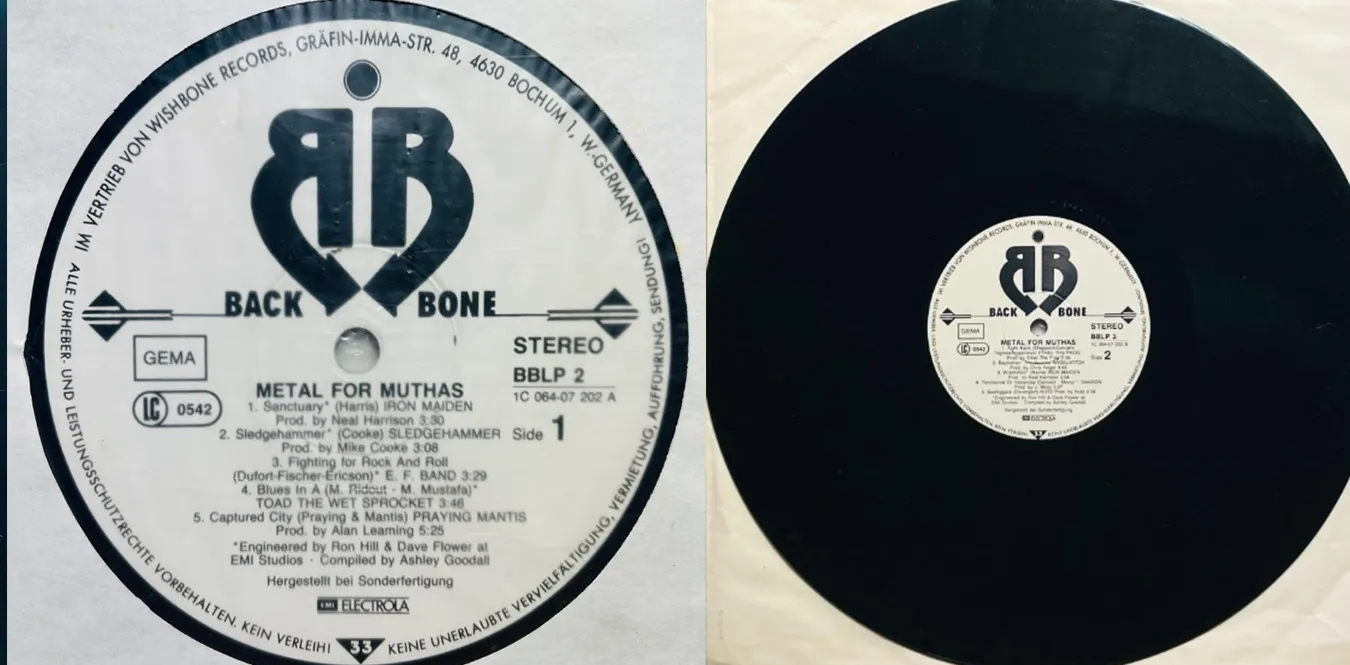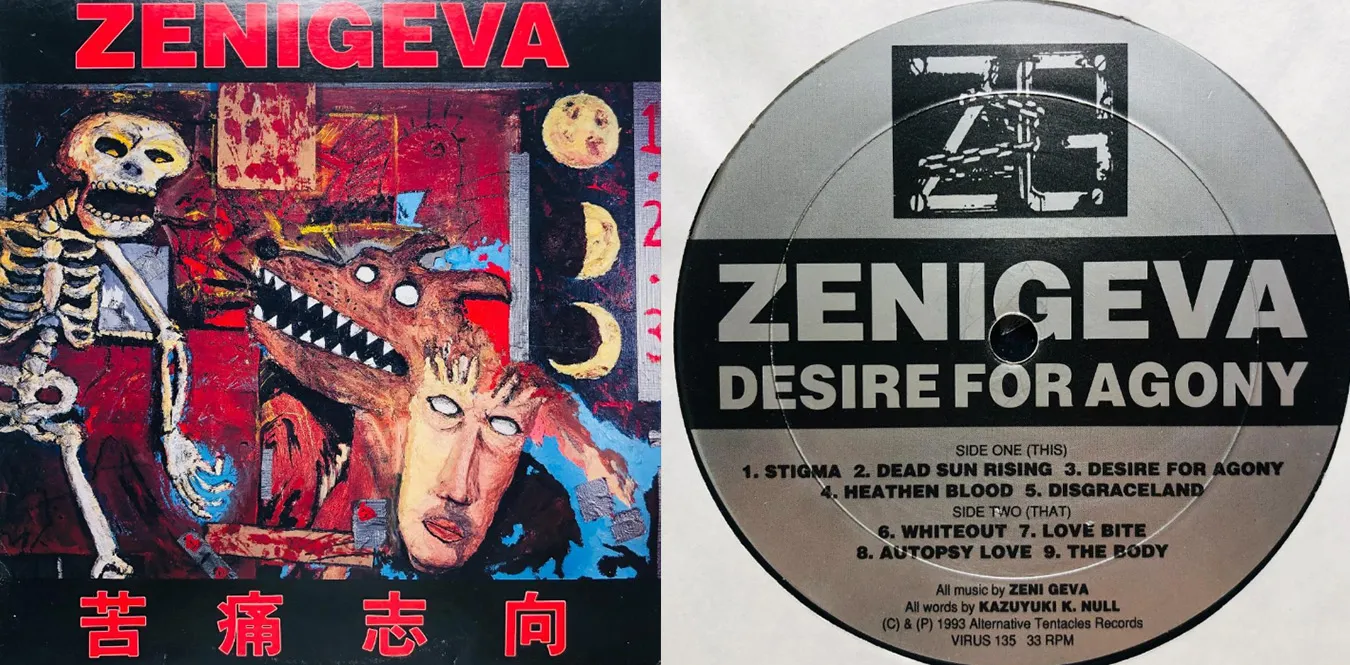[Column] Prime Minister Sanae Takaichi and Metal: Iron Will and Politics of Sound
Column en Heavy Metal History Metal Noise![[Column] Prime Minister Sanae Takaichi and Metal: Iron Will and Politics of Sound](/../assets/images/column-takaichi-metal.webp)
Prologue: Political sensibilities born from the roar of metal
Text: mmr|Theme: A politician who loves heavy metal—Sanae Takaichi. How has her musical sensibility given a steely resonance to her words, policies, and ideas?
Sanae Takaichi is often described as a ““conservative,” ““strong-minded,” and ““a fighting woman.” However, at its root lies the impact of the heavy metal music he heard in his youth. Metal is a music of passion and construction, an art that confines passion within order. Her school band played songs by Black Sabbath and Deep Purple, and she also likes to listen to bands like Judas Priest, and these sensibilities form the ““acoustic skeleton” of her political language and cultural outlook.
Chapter 1: Metal, a spiritual device
Metal is an art of passion, but also an art of order and construction. His style of controlling strong emotions through mathematical constructs is consistent with Takaichi’s political speaking style.
| Metal structure | Takaichi political structure |
|---|---|
| Roar (passion/anger) | Passion for national and cultural defense |
| Riff (repetition) | Repetitive syntax of policy slogans |
| Solo (development) | Improvisational emphasis during speech |
| Break (silence) | Controlling pauses and breathing |
Just as metal is “an art that turns chaos into order,” Takaichi’s speech resonates as music of words that syntaxizes passion.
Chapter 2: Building the Voice——The Politics of Metallic Voice
For politicians, their ““voice”’ is an instrument that embodies their ideas. Takaichi”s vocalization is particularly low and stable among female politicians. Acoustically, it is based on the mid-low range (approximately 170-180Hz), with little pitch fluctuation, reminiscent of the “steel control” in metal vocals.
"”Voice is the art of making your emotions resonate without letting them run wild.” As symbolized by these words, she lives politics as an ““iron structure.”
Chapter 3: Metal worldview and national view
Metal deals with extreme themes such as mythology, war, religion, and death. It is a theme that resonates with the fundamental issues of human society, such as ““national defense,” ““cultural defense,” and ““freedom of expression’’ in real politics.
Mr. Takaichi’s emphasis on ““cultural independence,” ““technological sovereignty,” and ““national independence” sounds like an ““ordered rebellion” played by metal. Her view of the nation is not just a conservative defense, but a constructive ideology that aims to establish a spiritual identity.
Chapter 4: Metal and conservative thought—Passion in order
At first glance, conservative ideology and metal seem to be contradictory. However, the common points between the two are ““order to destroy order” and ““aesthetics in strength.”
Like Judas Priest, music that confines explosive passion within an orderly rhythm. This is exactly like Mr. Takaichi’s political stance. Although the logical structure is cold, there is an intense “combustion” behind it.
“In cold construction lies true heat.” This phrase applies to both metal and politics. Through the character Sanae Takaichi, we can reconsider “politics that lives like sound.”
Chapter 5: Cultural Policy and Metal Ethics
As Minister of Internal Affairs and Communications, Mr. Takaichi was in charge of broadcasting, communications, and copyright policy for a long time. Consistent among them was the awareness of ““protecting the rights of creators” and ““cultural sovereignty.”
In the metal world, there is a DIY spirit of protecting one’s own sound without relying on labels. Her policy was also based on the philosophy that the nation should have its own cultural infrastructure. Even in the music industry, this perspective of “independence and protection” is extremely modern in the era of distribution, copyright, and AI generation.
Chapter 6: Women and Metal——Elegance of Iron
Female vocalists in metal have used their voices as weapons to open up new worldviews (for example, Arch Enemy’s Angela Gossow). Takaichi has also attracted attention as a woman who uses her voice strategically in politics.
Her “strength” is not an attack, but one of calm control. It can be said that he is a politician who embodies the “elegance of steel” in metal. In that sense, Sanae Takaichi may be the ““lead vocalist of the band Koku.’’
Chapter 7: Politics as Metal Structure
The structure of her speech resembles the structure of a metal song.
Within this structure, Mr. Takaichi plays with ““intellect that controls passion.’’
Final Chapter: Towards politics that is not afraid of noise
Just as metal has evolved by accepting noise, mature politics also becomes stronger when it embraces “unusual sounds.” The existence of Sanae Takaichi symbolizes the “acceptance of noise” in Japanese politics. The noise doesn’t sound like chaos, but creative distortion.
"”New sounds can only be born from silence.’’ This phrase applies to both metal and politics. Through the character Sanae Takaichi, we can reconsider “politics that lives like sound.”
Chronology: Sanae Takaichi and the history of metal resonance (1980–2025)
Illustration: Sanae Takaichi’s “metal structure” correlation diagram
References/Citations
Black Sabbath, Deep Purple, Judas Priest Recommended Albums
| Band | Album | Year of release | Features and highlights |
|---|---|---|---|
| Black Sabbath | Black Sabbath | 1970 | A work that is said to be the birth of the world’s first heavy metal. The darkening of the blues and the church bell SE are symbolic. |
| Paranoid | 1970 | A masterpiece that established the prototype of metal. Speed, sociability, and seriousness coexist. | |
| Master of Reality | 1971 | Evolution of heavy bass with drop D tuning. The father of doom metal. | |
| Deep Purple | Deep Purple in Rock | 1970 | A masterpiece that laid the foundation for hard rock. A fusion of classic compositional beauty and explosive power. |
| Fireball | 1971 | More aggressive and experimental. It has a strong tempo change and blues feel. | |
| Machine Head | 1972 | A level of perfection that remains in rock history. The golden ratio of riff and groove. | |
| Judas Priest | Sad Wings of Destiny | 1976 | A metal aesthetic of melancholy and lyricism is established. The prototype of twin leads. |
| Sin After Sin | 1977 | Major debut work. Produced by Roger Glover (Deep Purple). A dramatic development. | |
| Stained Class | 1978 | The beginnings of speed metal. Precise and cold sound image. |

![[Column] Black Metal: Genealogy of darkness and aesthetics](/../assets/images/column-black-metal.webp)
![[Column] RE/Search: Magazines that record subcultures and their cultural influence](/../assets/images/column-research.webp)

